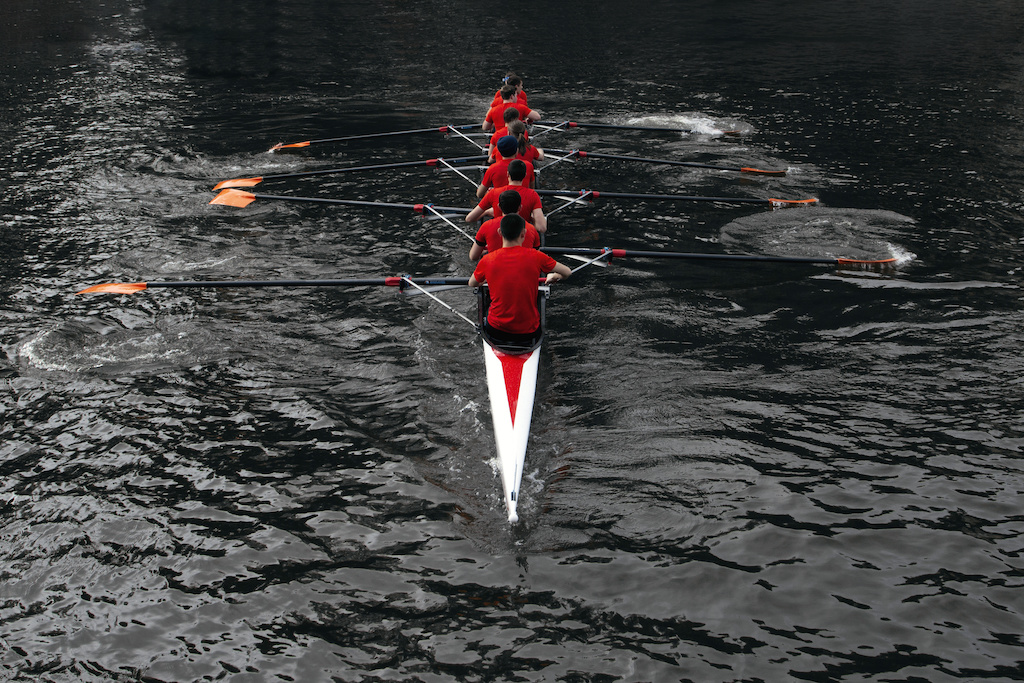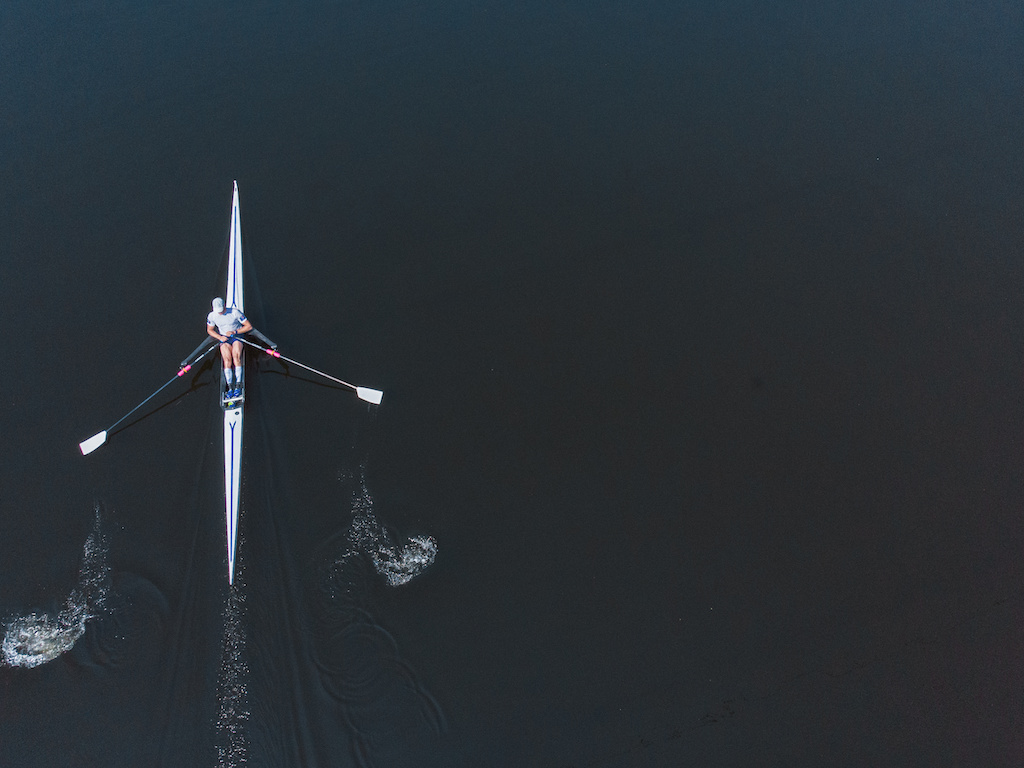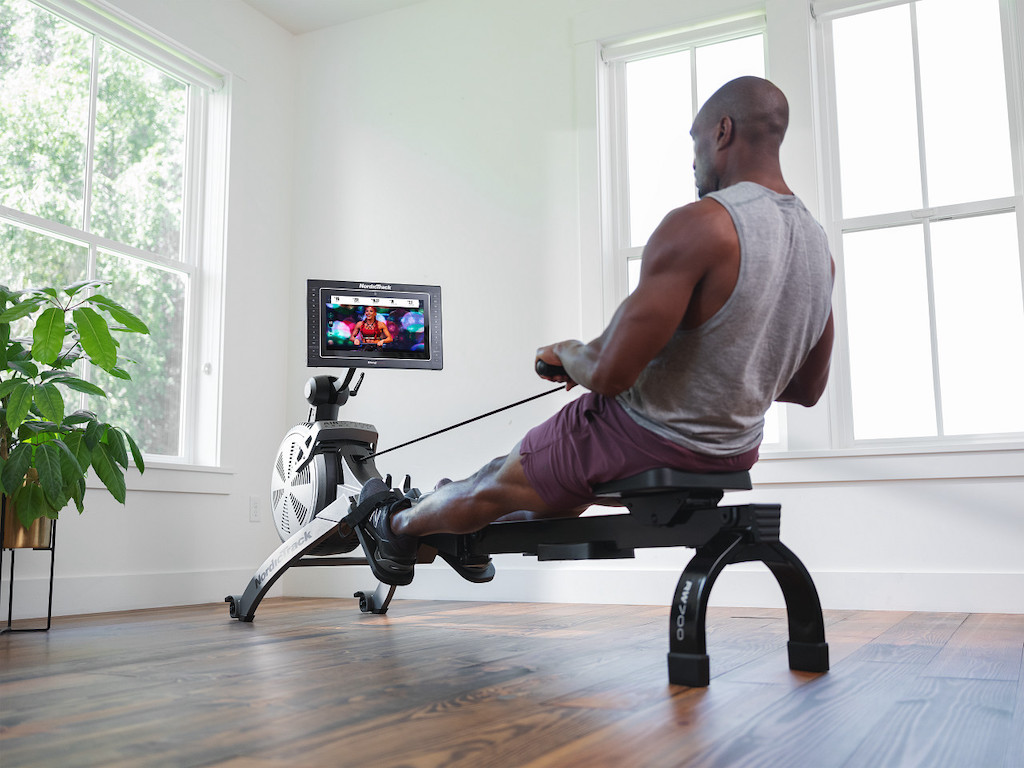Discover the rowing events of the 2021 Olympic Games , some key figures in the events and the athletes and countries that have shaped the history of rowing at the Olympics. While waiting for the Games in Tokyo, develop your own rowing challenges!
What should you expect of the 2021 Olympics?

Postponed by one year due to the worldwide COVID-19 outbreak, the Summer Olympics initially scheduled for 2020 will be held in Tokyo from July 23rd to August 8th in 2021. The Paralympic Games are scheduled to run from August 24th to September 5th.
The rowing and canoeing course, which will stage these events of the Olympic Games of 2021, was built at a waterfront site near to central Tokyo known as the Sea Forest Waterway. This course will undoubtedly become one of the benchmarks for water sports events in Asia following the Tokyo Olympics.
Rowing at the Olympics: Key expected moments and top athletes in 2021

Rowing has been present at all the Olympic Games since the 1900 Paris Olympics, not having been able to take place during the first edition in 1896 due to bad weather. The women’s events were incorporated into the Olympic Games in Montreal in 1976.
Rowing events at the 2021 Olympics
Rowing at the Tokyo 2021 Games has seven men’s events and seven women’s events:
- Single sculls
- Coxless pairs
- Double sculls
- Teams of four
- Quadruple sculls
- Teams of eight
- Lightweight double sculls
The rowing regattas are held over a distance of 2,000 metres, for both men and women. Since 1956, 6 boats have been seen competing for victory in each race.
Rowing: Its flagship athletes and the countries that dominate the event
Rowing is a team sport that has traditionally been dominated at the Olympic Games by 3 nations:
- New Zealand, with rower Mahé Drysdale as the legendary Kiwi athlete.
- Germany with, for example, Hannes Ocik, a three-time world champion in the men’s Eights with 7 gold medals at the European Championships.
- Great Britain, which stands out above all in women’s rowing.
The United States and Australia are also serious competitors in this Olympic discipline, notably with Georgina Rowe, a young Australian silver medallist at the 2019 World Rowing Championships who broke 4 world records for indoor rowing events in 2020.
Rowing challenge: 2,000 metres, just like at the Olympics!

Thanks to a personalised training plan over 4 weeks, with 4 sessions of rowing per week, you can prepare to carry out a 2,000-metre test of endurance, just as you would find during an Olympic rowing regatta.
The rowing race rhythm
To set up your program, here are some key statistics to know:
- The average time to achieve 2,000-metre distance with a rowing machine is between 6 minutes 30 and 9 minutes 30 for women and 5 minutes 45 and 8 minutes 30 for men.
- Aim (at the end of the challenge) to achieve between 26 and 35 strokes per minute to obtain a cadence that would be (almost) worthy of an Olympic athlete.
- 2,000 metres on a rowing machine corresponds to approximately 220 to 240 rowing strokes.
Bear in mind that these are merely indications, so you should adapt the effort you exert to your level and physical capacities. Before each session, remember to warm up for ten minutes.
Rowing challenge: Approaches to establishing a training plan
On the first day of your rowing challenge, complete 2,000 metres at your own pace, as if it were a race, but with the right amount of effort. Note your cadence and calculate the timings for 500 metres, or the distance covered in 1 minute, and so on. You can now implement a strategy to improve your performance:
- Week 1: Complete 2,000 metres, 3 times, at a pace of 18 strokes per minute during the first workout. Continue the week with 2 split sessions at a pace of 20 strokes per minute, with 8 phases of 5 minutes interspersed with a recovery time. On the last day, work on your endurance by rowing 40 minutes at a pace of 18 strokes per minute.
- Week 2: Start with a split session workout at the same pace as your initial one, with 30 seconds of recovery after every minute of exertion. On the second and third day, complete 4 sets of 2,000 metres at a pace of 20 strokes per minute. End the week with a 50-minute endurance run at a pace of 18 strokes per minute.
- Week 3: Test yourself with split sessions at a higher cadence, say 30 strokes per minute, with 8 one-minute sets and 30 seconds of recovery. Over the next 2 sessions, do 2,000 metres, 4 or 5 times, at a pace of 18 strokes per minute, raising it to 20. At the end of the week, refine the management of your course by breaking down the 2,000 metres into several paces: A pace of 24 strokes per minute over the first 1,000 metres, 28 strokes per minute over the next 500 metres, and then 32 strokes per minute over the final 500 metres.
- Week 4: Complete 500 metres at a racing pace (between 26 and 35 strokes per minute) on the first day. For the next 2 sessions, complete 2,000 metres with a cadence of 18 strokes per minute for 1,500 metres and acceleration over the last 500 metres. On the last day, enjoy the fruits of your labour by repeating a 2,000-metre test at a race pace and compare this performance to your initial one.
Check out our Fitness & Training page for more advice.
